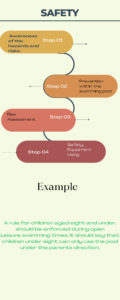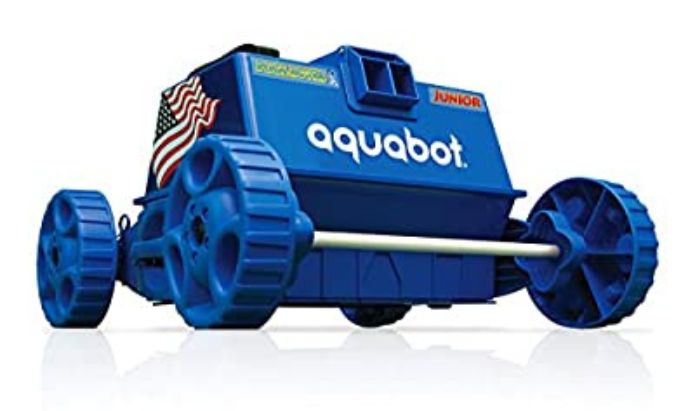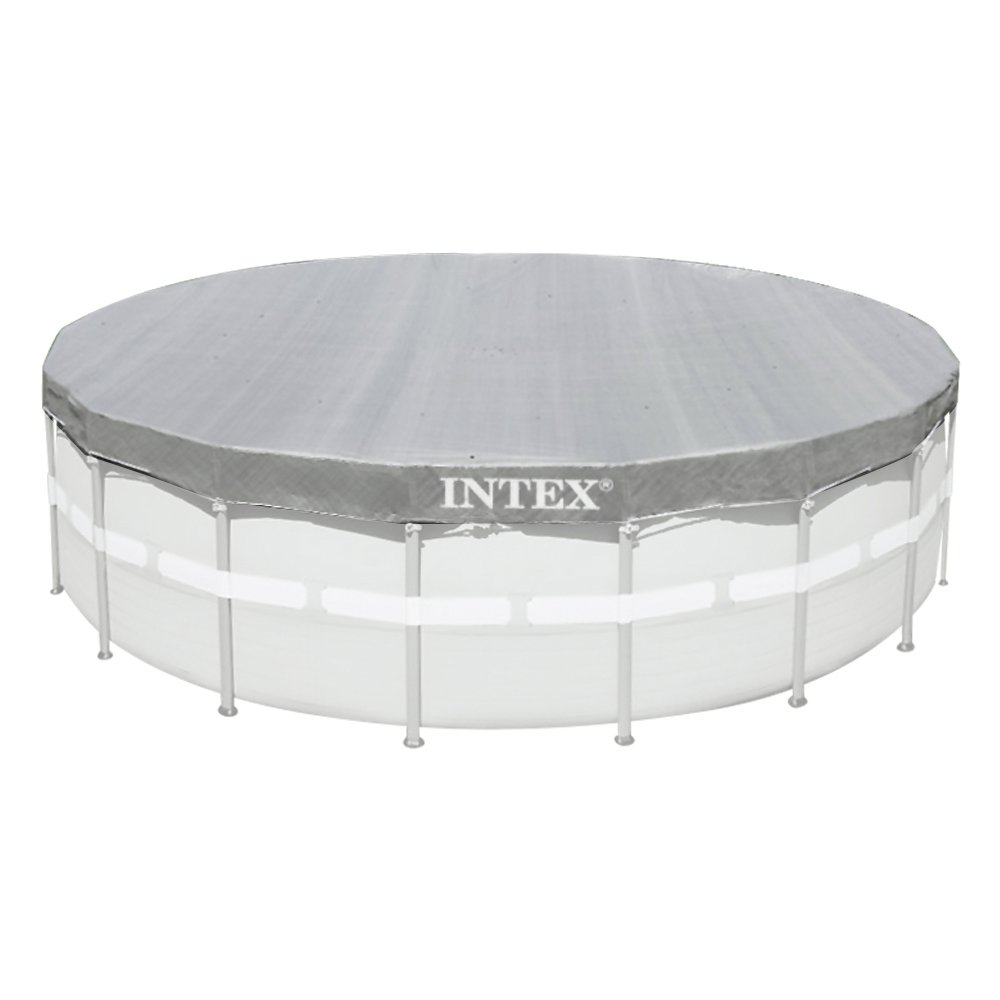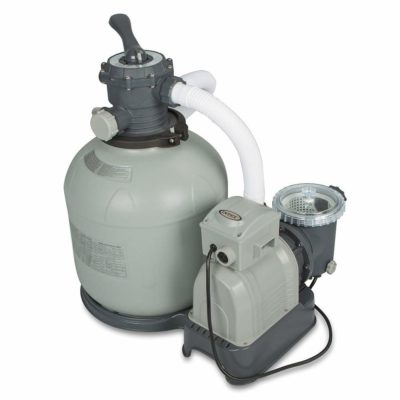The Purpose of Swimming Pool Safety Guidelines
Swimming and water safety are life-saving skills, which provide thousands of people with the means to enjoy the aquatic environment in a healthy, enjoyable and safe manner. Although swimming pools (which should at all times be supervised) offer a greater level of safety, the risk of accidents happening remains ever present. This risk is all the more prevalent with the recent upsurge in the number of owners of the above ground pools and in-ground swimming pools and the number of adults and children using these pools. Therefore the public has a duty of public swimming pool safety and those within their authority while visiting a pool.
Table of Contents
ToggleThere has been recent recognition that this particular physical activity has a significant positive impact on the health of the nation. Participating in swimming continues to be one of the population’s favorite pastimes The predicted future growth will more than likely continue as more people enjoy the benefits of swimming and water activities. The pool guidelines emphasize the dual approach of awareness and prevention. These guidelines provide Pool owners with comprehensive criteria and the information they require to ensure their pools are as safe as possible.
Philosophy
Although swimming pools are a safer place to swim rather than open water, needless deaths still occur. These are unacceptable while considers the controlled environment of a swimming pool. Hazards/risks which have been associated with past deaths or serious injury include the following:
• Inadequate supervision.
• Health-related issues at the time of accident.
•Alcohol or food consumed before swimming.
•Youth and inexperience.
•Weak and non-swimmers straying out of their depth.
• Unsupervised diving activities.
• Diving into insufficient water depths.
• Dangerous behavior.
• Misuse of equipment.
•Cloudy pool water, which affects the visibility of the pool bottom.
• The level of qualification of owner.
In order to ensure our swimming facilities are as safe as possible, the philosophy behind these guidelines is that we would encourage operators to adopt a dual approach. swimming pool safety rules and regulations have to be maintained well. This will include the following elements:
1. Awareness of the hazards and risks.
2. Prevention within the swimming pool
Risk Assessment
The idea of Risk Assessment takes all safety issues into account within these guidelines.
A proper risk assessment will ensure the operator considers all hazards and risks associated with the pool.
A “hazard” is anything which may cause harm.
A “risk” is a chance, great or small, that someone will be harmed by the hazard.
A proper risk assessment has five steps. These are as follows:
Identify the hazards.
Decide who might be harmed and how.
Assess the risks and take preventative action.
Record the findings.
Perform regular inspection and revise the rules if necessary.
Some of the key areas that feature within your risk assessment will include:
• Safeguarding Children.
• Structural.
• Environmental
Structural Consideration
The following are a number of guidelines which should be considered at the design stage of a pool facility. It is at the design stage that one has an opportunity to minimize potential risks.
Surrounding walls or railings should be of adequate height as far as the outdoor type of pool is concerned.
Pool covers may be used to support the prevention of unofficial access. These should not be considered safety features unless they are installed in such a way that no one can get underneath the cover.
Access on to the poolside should be nearer the shallow end and include a barrier between pool entrance and pool edge.
Entries at or near the deep end should be prevented at all times.
Steep inclines can present particular dangers for users. A slip-resistant and non-abrasive finish is desirable on the end walls of the pool to avoid unnecessary risks.
Pool floors and the surroundings should be surfaced with non-slip materials and there should be appropriate signs in place to discourage running.
Steps/ladders should be provided at the deep and shallow ends of the pool to ensure safe entry and exit. These can be permanent or removable. Attention should be paid to their design and location, to ensure they are safe, accessible. They should be fitted with handrails on both sides. Steps should be flat and not tubular.
Steps, handrails, and ladders must be of sufficient strength and be firmly fixed to the poolside and should have threads which are slip resistant and have no sharp edges.
Where it is intended diving as an activity or as part of an activity, particular attention must be paid to water depths, the height of the diving platform and forward clearance.
Lighting should ensure that the bottom of the pool is clearly visible. Emergency lighting should be provided and regularly checked. Lighting failure can lead to panic. Emergency power backup should be available.
Where features, such as wave machines/slides, are being included in the design, the inclusion of built-in recessed areas must be considered. While handrails and ropes are standard features included to assist bathers in and out of the water, they may become hazards in situations where bathers could become entrapped or thrown against them.
Where possible the amount of glare caused by the glazing should be minimized, as this may affect the view of the supervisor and other users.
A specifically defined First Aid should also be available within reach. All such boxes should be fully stocked with clearly defined re-stocking levels and a clear procedure of how to use them.
Infographics of Safety Guidelines

Equipment
Safety Equipment can be broadly classified as General Safety Equipment and Personal Safety Equipment.
General Safety Equipment:
This should include throwing items such as ring buoys and throw bags/ropes and reaching aids such as poles. A variety of such items should be available and accessible to owners. All pools should have a minimum of one ring buoy/throw bag and one reaching pole on each side.
Swimming Pool Safety Equipment:
These are personal pool equipment used by individuals to prevent any hazard.
Swimming Pool Goggles
They are primarily for swimmer comfort in that they protect from the negative effects of chlorine in the eyes and improve visibility in the water.They come in many styles, from prescription to regular, and come in a wide variety of colors.As with all pieces of equipment, they also have some associated dangers.
• Putting goggles on in an improper fashion may lead to injuries around the eye area.
•Swimmers engaging in ‘horseplay’ or robust activities such as ball-playing games may injure
others with whom they come into contact.
• Poorly fitting goggles can lead to impeded user view, with possible impact injuries as a result.
The controlled use of goggles during some activities is advised, for example, diving or lifesaving.
Floats / Woggles:
These are now common items of equipment in most swimming facilities. Generally, the operator provides them but recently they have become a popular piece of personal equipment. Floats, like so many other pieces of equipment, have very positive uses in the teaching and development of swimming and are a great aid to aquatic fitness. They come in many shapes and sizes. Pool operators should be aware of the following with regard to floats:
• Users sometimes bite the floats, with a resultant danger of choking.
• Abusing floats can result in pieces blocking inlets and outlets. This can lead to problems for the water filtration system. The use of polystyrene floats shall be discouraged.
• The use of floats can give rise to a false sense of confidence which may encourage users into deep water.
• Floats should be securely stored. This will help to control use and ensure the pool deck is free from obstructions.
• Limiting the use of floats to scheduled sessions or defined areas is recommended.
Rubber Rings
These are very popular in swimming pools and vary in size and style. The risks associated with the use of rubber rings include:
• It may give rise to a false sense of safety which may encourage users to go into enter deep water.
•The ring may not be of the appropriate size for younger children.
• Users may capsize when using these rubber rings.
• Rings may deflate, thus highlighting the need for a safety check before each use.
• Some rings have air valves or stoppers protruding, which may result in injuries or to unexpected deflation.
• Diving through or jumping on top of such rings should be discouraged due to the dangers of impact with the pool bottom/sides.
Play Balls
There is a large variety of these available. They are used during water confidence exercises for the very young. As with all equipment used in water, there are some possible associated dangers.
• Ball throwing games in the swimming pool may lead to robust behavior, posing a particular danger for poor/weak or non-swimmers.
• The noob swimmers may panic while trying to avoid being struck by the ball.
• Swimming after a ball into deep water may be particularly hazardous for poor swimmers.
• The excitement of getting to the ball may have a negative effect when assessing dangers.
• Small balls in use in the swimming pool shall be no less than 7 mm in diameter, to prevent any risk of swallowing by children.
• The size of the balls shall be appropriate for the age group for which they are being used.
• The use of balls should be encouraged in structured sessions under the guidance of
appropriately qualified personnel.
Common guidelines every swimmer should abide by and must know information
• Water depth.
• Deep end/shallow end.
• Hygiene rules.
• Prohibited activities.
• Use of equipment e.g. fins, buoyancy aids.
• Prohibiting the use of photographic equipment e.g. cameras, camera phones.
Structural Risks
Now a days a lot of structural invention have taken place which helps in making your pool more accessible and easy to use. It is an error to generalize the risks associated with such features. All have their own peculiarities and should, therefore, receive individual attention when completing the facility’s risk assessment. There are, however, a number of requirements, which apply to all such features as follows:
•At the design stage, great attention must be paid to the positioning of bends, steps, and rails on all pool features.
• Features should be adequately protected against corrosion. The effects of chlorine on structures should receive additional attention.
• The safety rules for using pool must be strictly followed.
• Operators,supervising the pool should know how to turn off the mechanism if necessary.
• Regular checks must be carried out on all feature fittings e.g. water slides and flumes.
• Regular checks should also ensure that bolts remain tight on all ladders, handrails, and steps.
• Manufacturers guidelines must be strictly adhered to.
• Access to all such features should be prevented when not in use.
General risks that result due to the use of Pool Heater
Operators also need to be very conscious of the fact that hot water may be a cause of passive drowning particularly if alcohol has been consumed. It is also not recommended to swim in water, with temperature greater than the maximum 38 degrees Celsius.
The general requirements regarding the need to follow the manufacturers’ guidelines, that operatives be trained in safe operating and emergency shutdown procedures.
In addition, the following extra requirements shall be followed:
• Constant supervision may not be required, but regular checks are necessary.
• An alarm button to ask for help in case of emergency should be provided. This button shall be in a prominent and easily accessible position.
• Using the spa after intense physical exercise or after using the sauna is not recommended.
• Entry and exit from the spa should be done carefully, to avoid falling or slipping. Operators shall promote such safe practices.
• Spa use is not recommended for those who are pregnant or who suffer from cardiovascular or respiratory problems.
• Children aging under 11 years of age shall not be allowed without supervision.
• Spa running time should be set to help limit use to a maximum of 15 minutes, with rest intervals of at least five minutes between uses.
• Users should be prevented from jumping or diving into the pool.
• Food, drink, body lotions or oils should not be allowed into the pool.
• Trained professionals should perform precise and regular maintenance.
Swimming Pool Covers
These are now a common feature of most of the above ground swimming pools. They serve economic and minimal safety purposes. Covers vary in type from hand-operated roller systems to automatically operated wall mounted systems.
Economically, they help to conserve water temperatures with resulting savings in fuel costs. They also benefit by reducing the relative humidity in the atmosphere, enabling a reduction in air temperature and ventilation rates. From a safety point of view, they could be used as a method of preventing unauthorized entry into the pool, provided they are of a type that meets the following minimum requirements:
• Can be secured continuously around the edge.
• Will support an adult’s weight, as a precaution to a person walking or falling onto them.
• Will be resistant to vandalism (as far as is reasonable).
The above guidelines are particularly important when covers are being used in an outdoor pool, where entry may not be as controlled as an indoor facility.
Finally, it is essential that all operators ensure users are familiar with the safe operating procedures relating to the use of such covers and that safe handling techniques have been taught.
Use of Electrical Equipment around Swimming Pools
Regular checks on all electrical equipment are essential for the following reasons:
• The acknowledged dangers associated with its use in or near water.
• The Chemicals used in and around swimming facilities may have corrosive effects on the pool as well.
• Many possible cases of panic may result in case of a power cut.
Some general guidelines are as follows:
• A qualified electrical engineer should frequently check on all electrical installations and equipment. This includes the wires and plugs as well.
• Using and testing of residual current breakers should be carried out regularly.
• Avoid the use of 220-volt equipment.
• It is recommended to use portable electrical equipments that operate at 110 volts or below to avoid bigger risks.
• It is recommended to use a safety-isolating transformer that is suitably earthed and which complies according to the regular standard.
Safeguarding the pool and Protective pool safety for Children
Minimum recommendation for pool activities for children
• Children aged 1-5 must be accompanied by a responsible adult in the pool.
• Children aged 6-10 must be accompanied by a responsible adult who must remain in view of
the child in the pool.
• Children aged 11 and upwards may be unaccompanied.
Minimum recommendation for Programmed Activities
Age needs to be considered, depending upon the nature of the activity and obtaining parent / guardian permission.The following will help owners to look at the factors which will help to control risks. They will also provide guidance in arriving at a practical and positive policy for child safety. It is impossible to arrive at a finite set of guidelines that would cover the many types of swimming pools. But all the possible scenarios must be taken into consideration before allowing a child into the pool.
For the purposes of these guidelines the health and safety of children must be paramount to all pool procedures and rules.
Some general guidelines are as follows:
• All children, as defined for the purposes of these guidelines, should be under constant Parental supervision within the facility.
• Operators may make specific rules for younger children and those with special attention to avoid unnecessary risk.
• For example, a rule for children aged eight and under, should be enforced during open
Leisure swimming times. It should say that children under eight can only use the pool
under the parents direction.
• Buoyancy aids should have the approved standards signs on it. Owners should inform the other swimmers of this fact where appropriate.
• Designated Non Swimmer Areas must meet the following criteria:
a. Suitable and sufficient area of shallow water.
b. Restricted access to deep water.
c. Clear line of view for the supervising body.
d. No water features e.g. slides.
e. No steep gradients.
• While engaging in pool activities the aquatic skills and awareness of safety of the children should be tested and certified by a recognised authority.
It’s common for parents and guardians to be nervous about sending their child off to swimming pool. Concerns about safety and risks are only natural and unavoidable, especially for first-time parents. While it’s important not to let your worries get in the way of your child’s fun, that doesn’t mean you have to ignore them entirely. These several simple steps that can be taken to learn about child safety and safety guidelines, that can keep them safe.





